The hottest trend in skin care right now is going back to basics. That includes revitalizing the old-fashioned bar soap. For the last twenty years, bottles of body washes and facial cleansers dispensed from a pump flew off the shelves. As we are becoming more aware of the environmental effects of plastic bottles, we turn toward our past for inspiration on simplicity.
Environmental concerns aside, soap in the form of a beauty bar is less damaging to your skin than the harsher liquid soaps. A recipe for soap was written on a clay tablet in Babylon dating back to 2200 BC. The ancient soap was made from water, cassia oil and volcanic ashes. It sounds coarse and unpleasant, but soap has come a long way since ancient times.
The misconception that reusing the same bar of soap is gross and germ-ridden was a huge reason for the rise of body washes. However, beauty brands are showing renewed interest in the soap staple, rebranding it as a “beauty bar” with specific ingredients for the different skin types.
If your skin is sensitive to the harsher ingredients of liquid soap, check out the benefits of beauty bars and give them a try. It’s hip for soap to be square!
What are beauty bars?

According to the U.S. FDA, beauty bars are not soap. That’s because they don’t contain enough alkali salt made from fatty acids. Instead, beauty bars are termed as “syndet bars.” That’s a combination of the words “synthetic” and “detergent.” It’s no wonder why are branded as beauty bars – no one would purchase detergent for the skin.
However, the general public refers to and considers these bars to be soap. They contain similar ingredients to what the FDA considers soap, but they are made using different saponification techniques. Saponification is the process of combining fat, oil or other ingredients into soap.
The beauty brand Dove created the first Syndet bar in the 1950s with the Dove Beauty Bar. They are still a leading brand in the creation of beauty bars and offer different beauty bars for each skin type. Basically, beauty bars don’t contain animal fats or vegetable oils. They use synthetic ingredients such as sulfonates and betaines. Don’t let the chemical names fool you – beauty bars are gentle on the skin.
Many soaps contain lye, which is known to dry skin out. This is because the pH of lye interacts with the body’s normal pH level and creates a pH imbalance. Beauty bars contain antioxidants and lower pHs that don’t irritate the skin as much.
The new, trendy beauty bars are ripe with the ingredient glycerin, which is created naturally during the cold-processing part of making the beauty bars. Unlike traditional bar soaps that remove the glycerin to make the bar harder, beauty bars leave the moisturizing ingredients in the bar. Glycerin is beneficial in retaining moisture on the skin while the grime is cleansed away.
The packaging of the beauty bar is better for our environment than a bulky plastic bottle that can’t be recycled. Benefits to your skin and the environment is a win-win for everyone.
Beauty bars aren’t technically soap, though they do have cleansing properties. Since beauty bars contain some synthetic ingredients, they can’t be marketed as soap. However, they are just as effective as soaps without the harsh effects on the skin.
Beauty bar benefits

For many years, bar soap was pushed aside for liquid soaps and body washes. Now our gaze looks back to old traditional soaps and how to bring them to the 21st century.
The first step is to get rid of harmful ingredients and keep the more beneficial ones. Traditional soap was used at a time when we didn't understand that skin isn't one-size-fits-all. Now we know that dry and sensitive skin react differently than other skin types.
Beauty brands take this knowledge and find the best ingredients to put in their beauty bars that will help each skin type. Dove originated the beauty bar and they are still one of the top selling beauty brands because of their diversity in products.
Benefits of beauty bars include:
Won’t Dry the Skin with Lye
Traditional soap often contains skin-drying lye. Beauty bars contain moisturizing cream that helps keep your skin well-nourished and prevents irritation. Many brands cater to all skin types by using different ingredients to promote healthier skin.
Retains Glycerin
During the soap-making process, glycerin is removed from traditional soap. This creates a harder bar of soap and leaves more room for harmful additives. Glycerin keeps the skin moisturized by acting as a humectant, an agent that attracts water.
Some beauty bars on the market are packaged as pure glycerin.
Beauty Bars Last Longer
Even though they are smaller than body wash bottles, beauty bars tend to last longer. With pumps, people tend to overuse the soap because who doesn’t love bubbles?
The decline of bar soap was partly due to the thinking that reusing the same bar was gross. Now we know that germs don't stick to the bar and they are considered economical.
No Plastic Bottle Waste
Beauty bars come in smaller packages. Many companies are turning toward recyclable, environmentally-friendly packaging. Do you ever wonder where that empty plastic liquid soap bottle goes when you’re done with it? Beauty bars reduce your carbon footprint.
Low pH
The skin has its own pH. Traditional soaps have their own pH that can interfere with our skin’s natural pH balance. This results in dry, irritated skin. Beauty bars have low pH that won’t irritate the skin as much.
Uses Oils, Not Animal Fat
Beauty bars often have coconut oil or other moisturizing oils added to the ingredients. Coconut oil is one of the most popular additives right now due to its healing properties and fragrance.
Traditional soap is made with animal fat. Beauty bars replace that and use more natural oils instead.
Preservative-Free
Body washes and gels usually have preservatives added to keep them on store shelves longer. Since the focus in the beauty industry right now is simplistic and “less is more,” many beauty brands are getting rid of preservatives from all of their products. The ingredients list will tell you if your product choice is preservative-free. It's impossible to put all beauty bars under the same umbrella when it comes to ingredients.
Fragrance-Free
Aside from the smell of natural oils, such as coconut, beauty bars are created without the fragrances found in traditional bar soaps and body washes. Many people have a bad reaction to added fragrances or colors. Beauty bars that are pure white is an indication that it is free from the chemicals used to add color and smell.
Beauty bars for your face

Photo Credit: Amazon
Neutrogena Original Gentle Facial Cleansing Bar

Photo Credit: Amazon
Olay Fresh Outlast Cooling White Strawberry and Mint Beauty Bar

Photo Credit: Amazon
Beauty bars for acne prone skin
Whole Foods Market, Acne Treatment Daily Cleansing Bar

Photo Credit: Amazon
Soapwalla – Activated Charcoal & Petitgrain Soap Bar

Photo Credit: Amazon
Herbivore Botanicals – Blue Clay Soap Bar

Photo Credit: Amazon
Beauty bars for dry skin

Photo Credit: Amazon
Olay Ultra Moisture Beauty Bar with Shea Butter
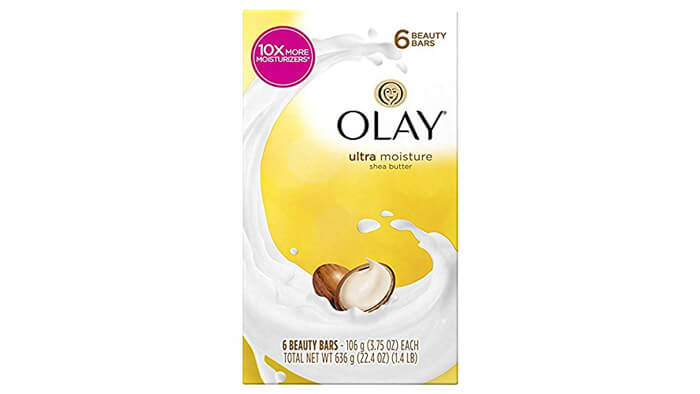
Photo Credit: Amazon

Photo Credit: Amazon
Beauty bars for body

Photo Credit: Amazon
Aveeno moisturizing beauty bar

Photo Credit: Amazon
SheaMoisture Coconut & Hibiscus Shea Butter

Photo Credit: Amazon
Beauty bar soaps are back in a big way. The new beauty bars aren't the old-fashioned soaps your grandma made in her kitchen. Refresh your skin with these moisturizing squares that clean.
References
https://www.thecut.com/2019/03/the-best-bar-soaps-for-your-skin.html
https://www.refinery29.com/en-us/2018/02/191665/best-bar-soap
https://www.bustle.com/p/the-5-best-bar-soaps-for-your-face-12003536


 Everything you Need to Know About Facial Extractions
Everything you Need to Know About Facial Extractions  Cicapair Tiger Grass Cream
Cicapair Tiger Grass Cream 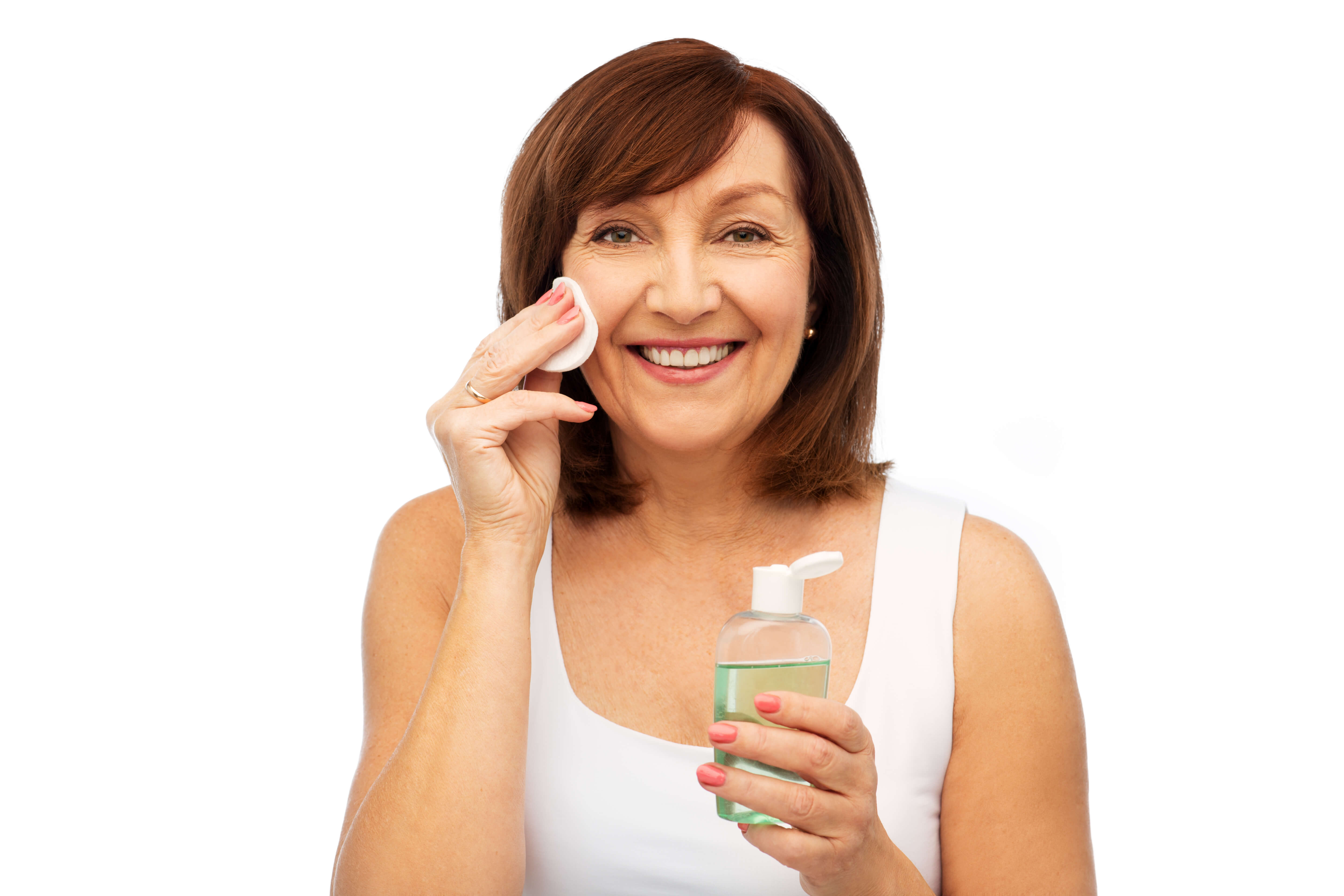 DIY Face Toners
DIY Face Toners 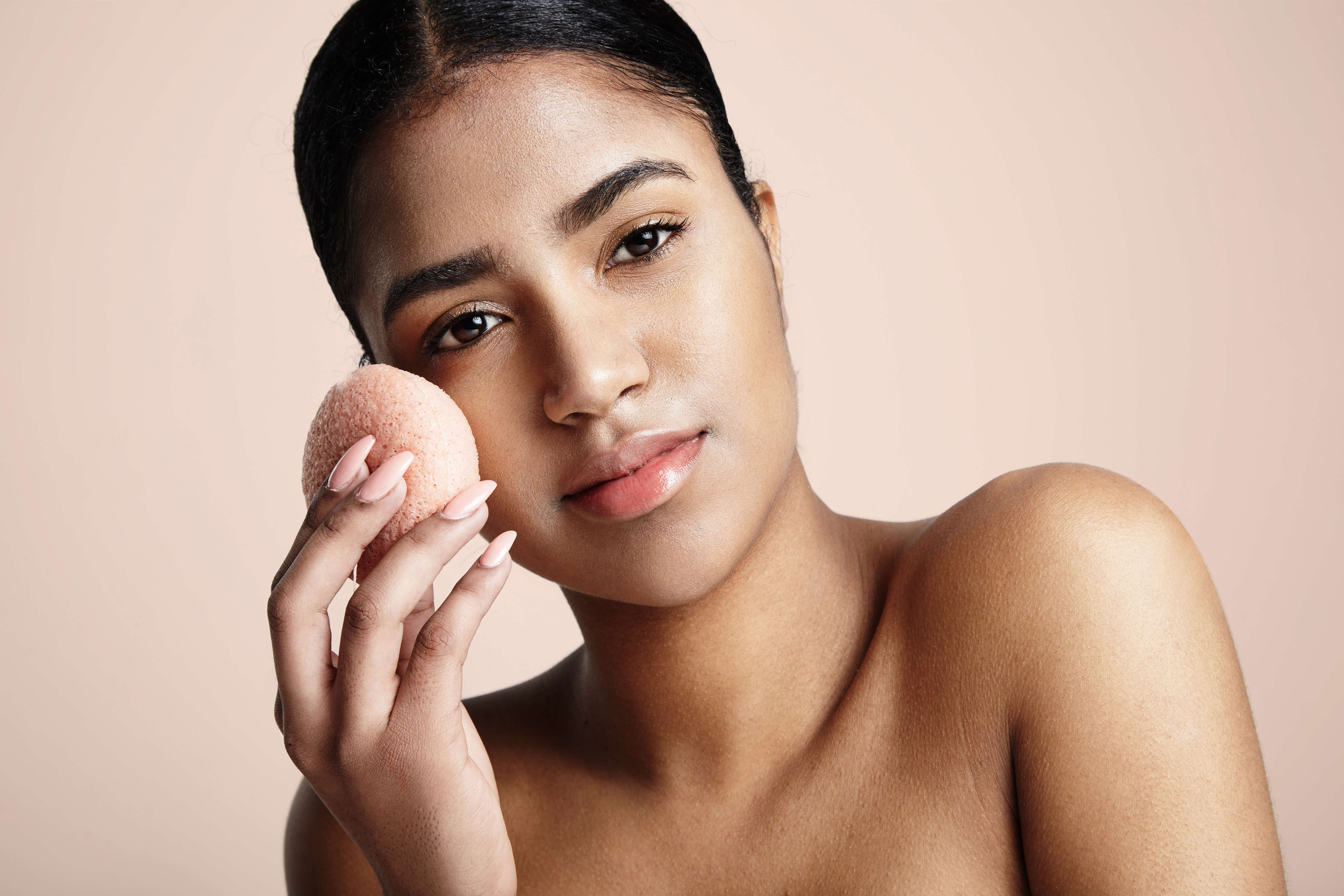 Reasons Why You Need to Start Using a Konjac Sponge
Reasons Why You Need to Start Using a Konjac Sponge 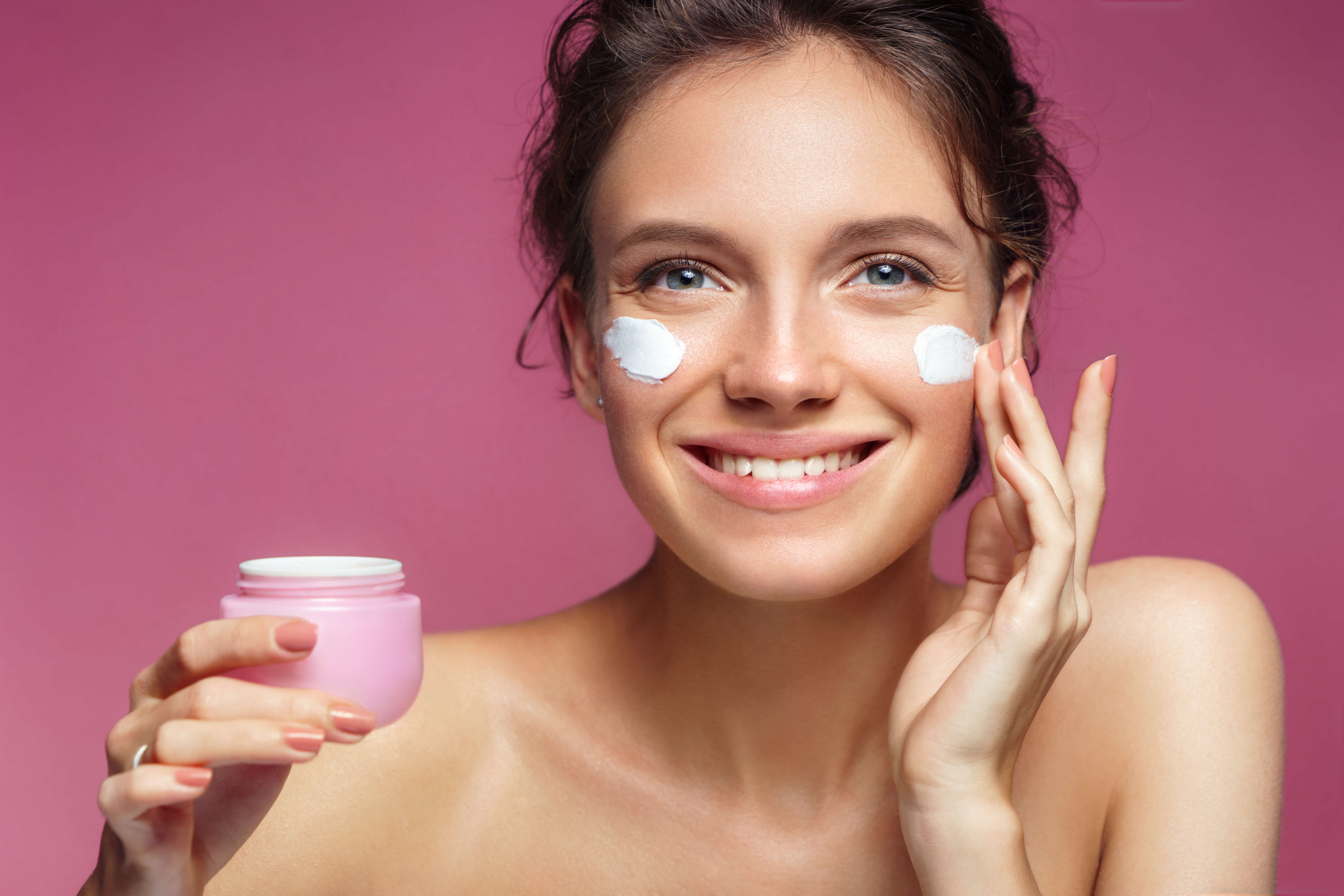 Homemade Anti-aging Serums and Anti-Wrinkling Creams
Homemade Anti-aging Serums and Anti-Wrinkling Creams 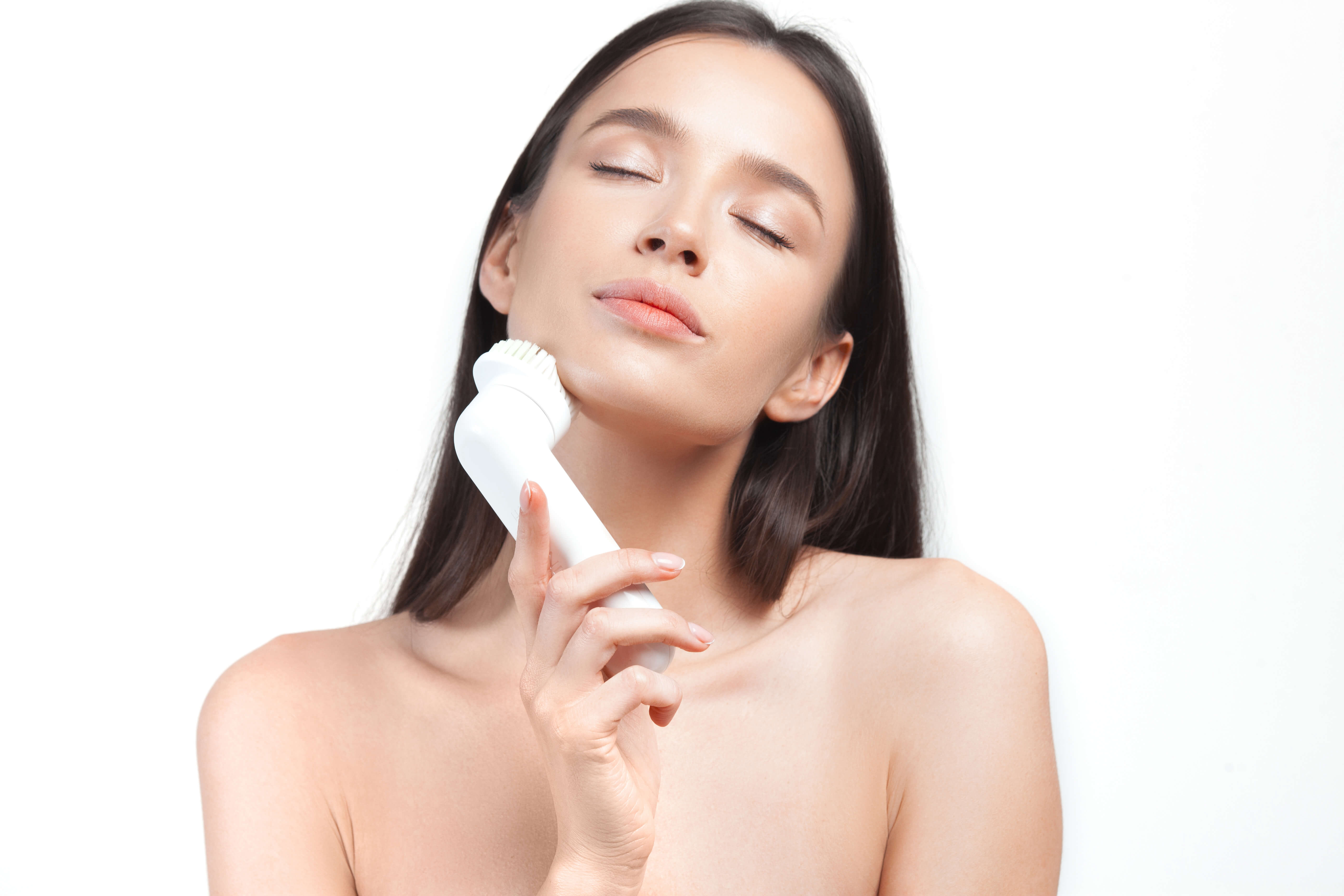 Best Face Exfoliators for Every Skin Type
Best Face Exfoliators for Every Skin Type